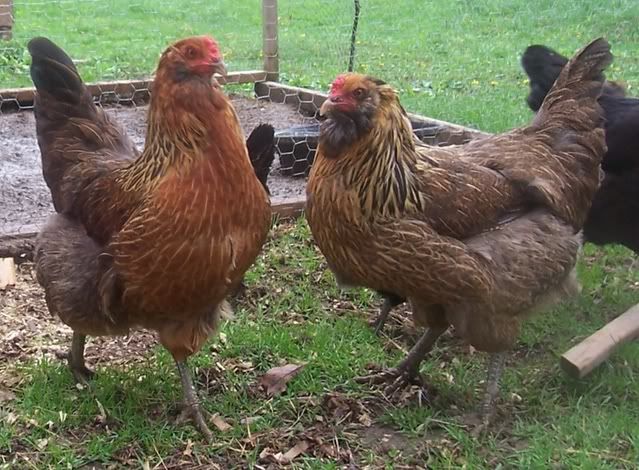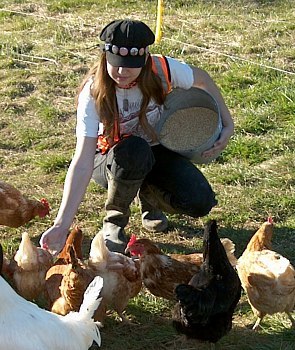
Chicken raising has its sacrifices and benefits. Usually what the owner sees is the benefit beyond the sacrifices and problems. That would be fine for as long as you can handle whatever circumstances may occur. In cases of bird flu, the only way out is proper handling of your poultry and making sure that the place is spiffy clean.
Poultry farm owners sometimes underestimate cleanliness. But sometimes, the more people tend to underestimate things, the more it becomes a serious matter. Sometimes, when its severity had come to its boiling point, it’s too late to cool it down.
There are two causes of bird flu (also known as Avian Influenza) - cold weather and dirty places. Why should you know the cause? To prevent the spread of the disease even before it develops at your very own backyard. Once you know the cause, it will be easier on your part to identify the different measure you have to make to prevent the disease from spreading. Get rid of the cause then none of this will happen. That will be more convenient and less expensive than waiting for the outburst of the virus to act and terminate it because once it starts, the harder it is to kill.
You can’t change the weather. That is a fact. Between the two causes, the weather, including the whole atmospheric environment is one thing that you can’t point a finger at. All you have to do is adjust with the present environment. Flu, in general, is acquired mostly in cold areas. The colder, the more amiable it is for the virus to stay. Thus, it stays and it reproduces and it reprimands and it affects and the tally goes on. But you can do something about it. You can’t definitely change the weather but you can adapt to it. Let your chickens adapt to the environment. How? By giving nutritious food and immunization. Vitamins are also big advantages for your chicken’s welfare. If your chickens have all these intact, their immune system will be strong enough to fight invading microorganisms.
Cleaning is common sense. You have to see to it that the environment inside and outside their pen is immaculate. Pads must be replaced with new ones. Haystacks filled with chicken poop should also be replaced. Be sure to use protective wears like boots made of rubber, gloves, and facemasks that fit properly. In this way, if the poultry have already caught the virus, you would have your first defense against it.
If all else fails and the disease is already spreading, you have to protect yourself from it. With or without the disease, you should follow these safety precautions. Just in case.
Hand washing is the universal precautionary measure to partake. After being in contact with your poultry always wash your hands with soap and clean water. Go through the routine of eating a healthy diet, vaccinations, and have a flu shot. Exercise shouldn’t be compromised.
Once you have noticed that your chickens are manifesting some of the symptoms, an antiviral must be treated to lessen the severity and symptoms of the disease. But these drugs were not that successful in avoiding death instances.
Practice food safety tips like eating a well-cooked chicken. After using, disinfect your chopping board with chlorine bleach, at least four to five teaspoons for every one-gallon of water.
These are some of the measures to prevent the spread of the disease. Otherwise your chicken raising days are over.






